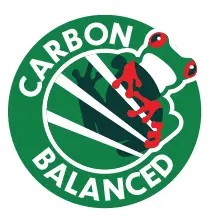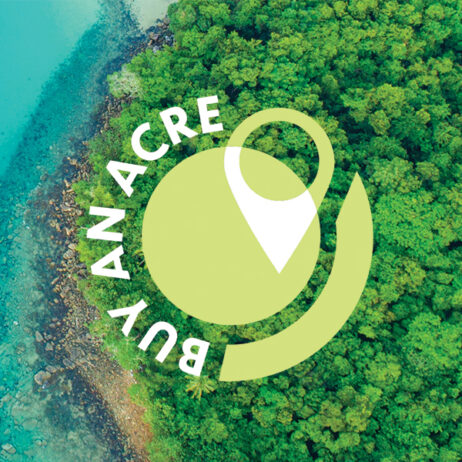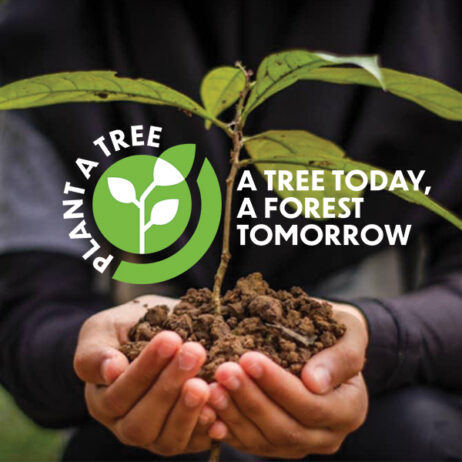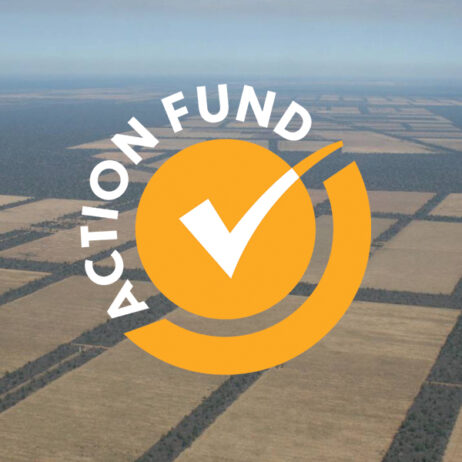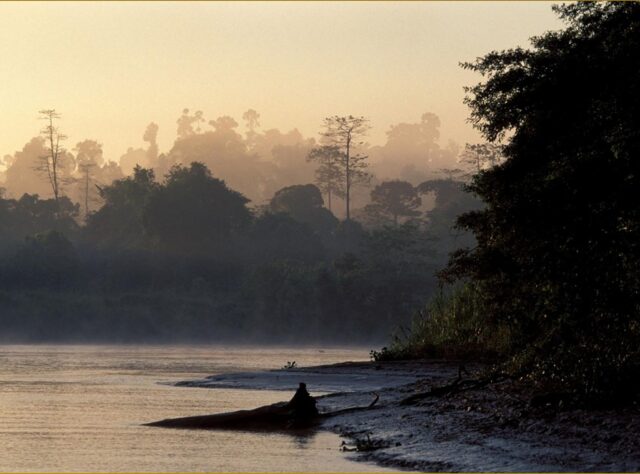
Forests like Kinabatangan Forest, Borneo, managed by WTL-partner HUTAN are at risk from microplastic pollution. Credit: HUTAN
Earlier this year, a new study was featured in Scientific American magazine which revealed that microplastics, the tiny fragments of plastic that now permeate the air, soil, and water across the globe, and even our bodies, can reduce plant photosynthesis by up to twelve percent. Photosynthesis is the process through which all green plants, from rainforests to windowsill herbs, turn sunlight into sugar as food for themselves. It is this process that absorbs carbon dioxide from the atmosphere and releases oxygen. The implications of this process being hindered are stark.
Forest ecosystems are paramount in storing carbon, regulating local and the global climate, and sustaining biodiversity. Now however, we learn that microplastic pollution is undermining this vital service. Our forests are already at severe risk from having their trees felled for farming, timber, urban structures, and more, but now we find that the ones left standing may be losing their ability to draw down carbon dioxide. This means if forests are rendered less effective by microplastics, our climate strategies may need to be accelerated even more.
We must protect our forests from the ground up
The heart of WLT’s work is protecting highly biodiverse, threatened land and the wildlife it holds. We support our partners in protecting and restoring forests across the world from the Brazilian Atlantic Forest to Kenya’s Dakatcha Woodland. We have always known that safeguarding these ecosystems is one of the most effective ways to preserve biodiversity and stabilise the global climate. This latest finding adds another note of concern for the state of our planet: not only must forests be protected from physical destruction, but also from microplastic pollutants that threaten their health.
Governments must seize this moment. This issue demands a comprehensive global treaty on plastic pollution. The authors of the original study suggest that reducing environmental microplastics by as little as 13% could alleviate 30% of the photosynthesis loss. This is precisely the kind of change we should pursue through robust legislation that holds the producers of microplastics and other pollution truly accountable. This must be done not as piecemeal policies, but as part of a coordinated understanding of how ecosystems, pollution, and the biodiversity and climate crises are intertwined.
What can be done?
The possibility of a global treaty of plastic pollution was discussed at the UN Environment Assembly in Geneva just last week, but countries once again failed to reach an agreement. Despite this, we hope that the new data emerging will be something of a collective wake-up call: the health of every plant matters because they breathe life back into our climate.
“Failing to reach the goal we set for ourselves may bring sadness, even frustration. Yet it should not lead to discouragement. On the contrary, it should spur us to regain our energy, renew our commitments, and unite our aspirations. It has not happened yet in Geneva, but I have no doubt that the day will come when the international community will unite its will and join hands to protect our environment and safeguard the health of our people.” Luis Vayas Valdivieso, Intergovernmental Negotiating Committee (INC) Chair
Let us act with the urgency that science and nature demand. There are lots of ways for you to make an impact with us. You can make a regular donation to our Action Fund as a WLT Friend; support a core programme like Keepers of the Wild; balance your emissions through Carbon Balanced; or even Buy an Acre or Plant a Tree on behalf of a loved one.
